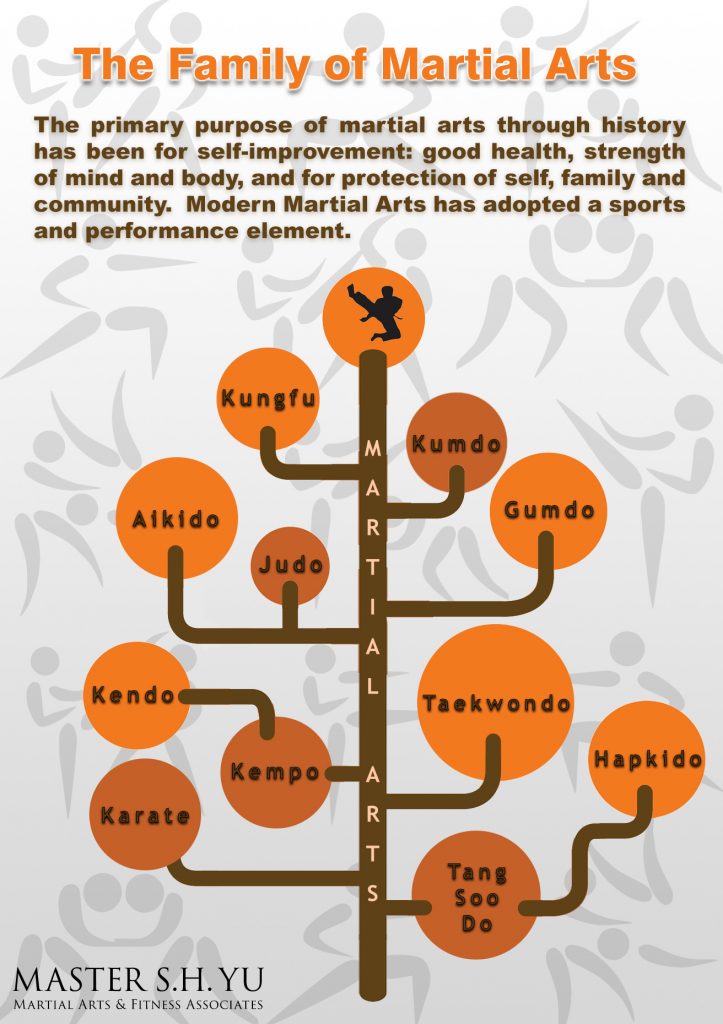What Are The Key Contrasts In Between The Discipline Stressed In Traditional Martial Arts And The Competition Focus Of Contemporary Battle Sporting Activities? Discover Just How These Distinctions Can Affect Your Journey
What Are The Key Contrasts In Between The Discipline Stressed In Traditional Martial Arts And The Competition Focus Of Contemporary Battle Sporting Activities? Discover Just How These Distinctions Can Affect Your Journey
Blog Article
Developed By-McGinnis Burch
When you think of martial arts, do you lean much more towards the traditional practices or the contemporary combat sports? Each path provides distinct benefits and experiences, shaped by their philosophies and training techniques. Standard martial arts stress personal development and self-control, while contemporary battle sporting activities concentrate on competition and efficiency. Recognizing these differences can guide you in choosing the appropriate approach for your journey. However exactly how do these distinctions manifest in training and philosophy?
The Approach and History Behind Typical Martial arts
While many people associate martial arts with physical combat, the approach and history behind typical martial arts run much deeper. You'll discover that these techniques stress individual development, self-control, and respect.
Originating from ancient methods, typical martial arts were often established for Self-Defense and spiritual development. They symbolize concepts such as equilibrium, harmony, and self-control, leading professionals past mere fighting skills.
As you train, you'll not just discover techniques but additionally acquire insights into the society and worths that formed these arts. The rituals and practices, usually given with generations, cultivate a sense of community and belonging.
The Affordable Nature of Modern Combat Sports
Modern fight sporting activities have transformed the landscape of martial arts right into a highly competitive field, where professional athletes face off in an examination of ability, method, and endurance.
You'll notice that competitions are usually organized with strict guidelines and guidelines, ensuring fair game and safety. These events attract large audiences, fueling the excitement and intensity of matchups.
Athletes train carefully, not just for physical prowess but also for mental durability, recognizing that every information counts in the ring. The adrenaline thrill during competitions is palpable, as boxers push their limits to claim success.
Followers value the athleticism and creativity entailed, making contemporary battle sporting activities a thrilling spectacle that continues to progress and astound lovers all over the world.
Training Techniques and Techniques: A Comparative Evaluation
The competitive ambience of modern battle sporting activities demands cutting-edge training techniques that differ considerably from standard martial arts.
In modern-day training, you'll concentrate on details techniques, competing, and conditioning, often using drills that replicate genuine fight situations. krav maga classes near me 'll see an emphasis on quantifiable efficiency and constant competition to examine your skills.
In contrast, standard martial arts prioritize types, katas, and thoughtful mentors, frequently highlighting self-control and regard over competitors.
Training is normally less extreme and might entail recurring method instead of real-time sparring.
While both methods build skill and health and fitness, modern-day fight sports supply an extra vibrant and versatile training atmosphere, preparing you for instant obstacles in the ring or cage.
Pick the course that aligns with your objectives and passions.
Final thought
In selecting between standard martial arts and modern-day fight sports, it truly comes down to what you value a lot of. If you can try these out searching for personal growth, technique, and a feeling of neighborhood, conventional arts may be your finest fit. However if you flourish on competition and real-time challenges, modern combat sports could be the way to go. Inevitably, both paths use one-of-a-kind advantages, so it's everything about aligning your training with your personal goals and interests.
